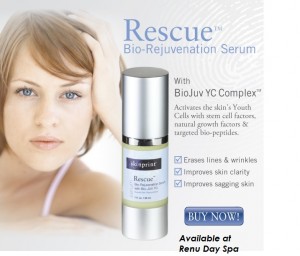Read Cosmetic Labels
WHAT A SKIN CARE LABEL REALLY TELLS YOU
Crucial info like whether it’ll work miracles, just waste your money, or actually irritate your face. Allow us to translate. By Kayleigh Donahue Hodes
LIKE YOUR STUFF ORGANIC?
If you don’t have a chemistry degree, it’s hard to know whether something is truly natural. One shortcut: products with the USDA Organic label on the front are the real deal.
DRUG FACTS:
Active Ingredients
These are the Parts of the product designed to get results, and there are some that derms swear by over and over. For wrinkles, you want a retinoid: Look for words like Vitamin A, retinyl palmitate. Vitamin C is proven to fade spots, and can also go by the names ascorbic acid or L-ascorbic acid. To exfoliate skin and reduce dullness or clogged pores, you’ll want an alpha hydroxy acid; those include glycolic acid and lactic acid.
Inactive Ingredients
This covers everything else: moisturizers, preservatives, etc. if you’re prone to breakouts and you see the word oil, skip it.
Directions
Pay close attention to the amount of product you’re told to use. Companies work hard to find the sweet spot where you get the best benefit from the ingredients without angering your skin. Exceeding the suggested dose won’t necessarily speed up your results but it’s likely to increase your risk for irritation.
WHERE YOU KEEP IT MATTERS
If you want to get the most out of your cream, follow the storage directions. Some of the most important ingredients are rather fragile (for example, vitamin C, and retinol break down in sunlight). So if the label says to keep the product in a cool place, stashing it in your steamy bathroom is a bad idea.
IF YOU HAVE SENSITIVE SKIN …
The two major players that’ll set you off are fragrances and parabens. They’re not hidden under any fancy code names; you’ll see them right there on the label. Be aware: “unscented” means there’s fragrance added to neutralize its odors, while “fragrance-free” means it has absolutely no scent in there at all.
YES, IT EXPIRES
There’s usually a cushion on the expiration date, to account for time a product might spend on the shelf. Many are fine as much as six months past the date, but look for signs of bacteria (changing color or bad smell) and ineffectiveness (for example, it used to tingle and it doesn’t anymore).
Pg. 45 Redbook magazine: May 2014

